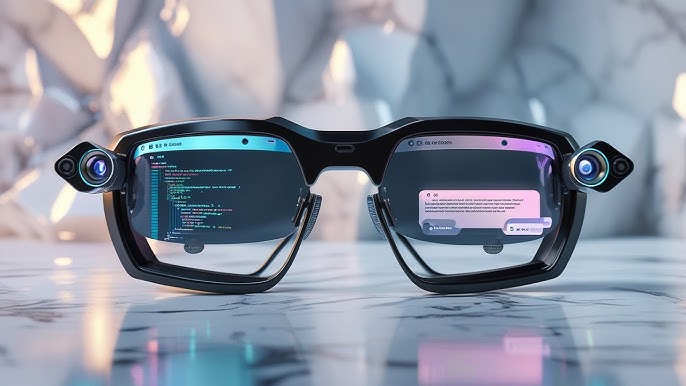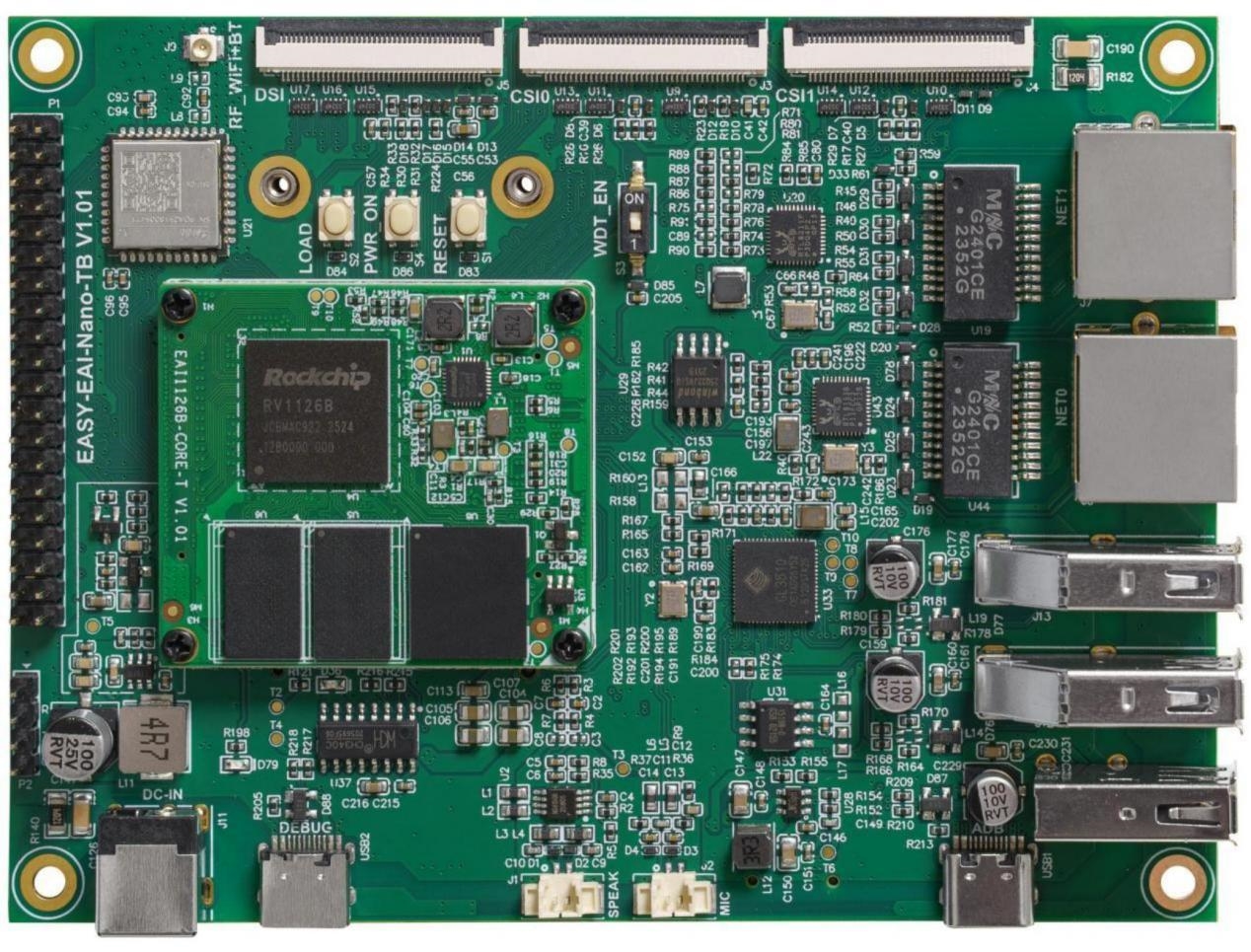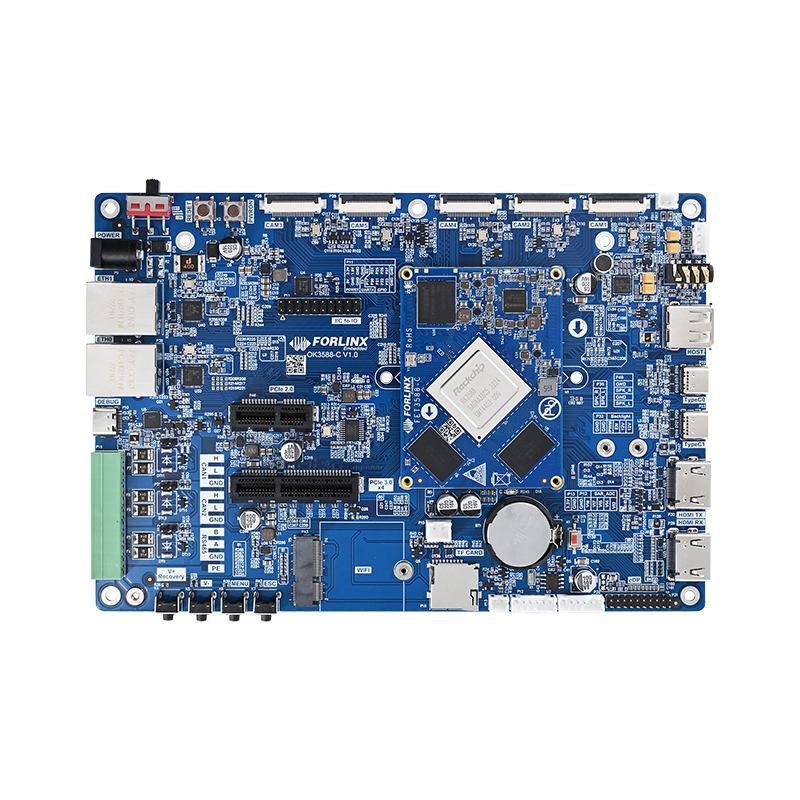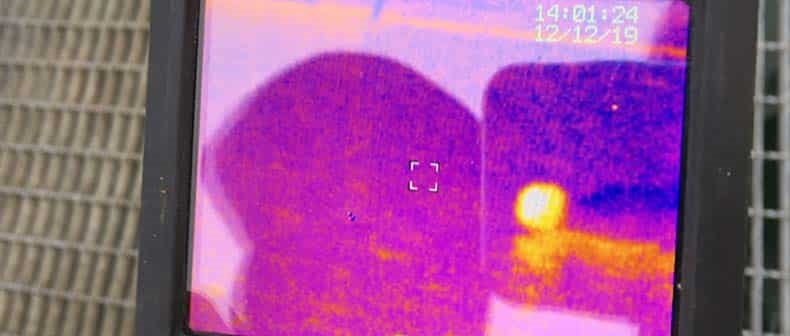
As an emerging wearable device, AI glasses rely on quartz crystal oscillators to provide precise clock signals, optimize system layout, and improve stability, helping balance device performance and power consumption.
What are AI glasses?
AI glasses are wearable devices that combine artificial intelligence capabilities with conventional eyeglass functions. In addition to basic roles such as sunglasses or fashion accessories, these devices integrate features based on AI such as image recognition, voice recognition, Bluetooth audio, translation, and navigation. Users can interact with the device through the glasses to obtain information and carry out a range of tasks.
The unsung component in AI devices
AI glasses are highly integrated systems containing numerous electronic components and complex circuits. Quartz crystal oscillators play a key role as an often invisible but essential component.
A quartz crystal oscillator uses the piezoelectric effect of quartz to generate a stable frequency signal. It supplies precise clock signals to processors, sensors, and communication modules. In AI glasses, its role appears across several areas:
01 Precise clock signals for clear display rendering
AI glasses house miniature processors, sensors, and display modules that must operate in tightly synchronized time domains to function correctly. The stable frequency provided by a quartz crystal oscillator acts like a precise metronome, offering a unified clock reference for the processor, sensors, and communication modules. This coordination helps deliver smooth and clear visual output to the user.
02 Support for high-speed data processing and audio-video synchronization
AI glasses process large volumes of image, voice, and sensor data. Processing speed directly affects device performance and responsiveness. High-precision, stable quartz oscillators provide processors with reliable high-frequency clock signals, enabling higher operating frequencies and faster data processing. This supports efficient and accurate execution of tasks such as voice recognition and image processing, and helps maintain audio-video synchronization.
03 Ensure stable communication links for a complete user experience
AI glasses typically use wireless communication to exchange data with external devices such as smartphones and servers. Stable communication is essential for correct device operation. Quartz crystal oscillators provide stable clock signals to communication chips, ensuring accurate transmission and reception of signals and contributing to reliable wireless connections.
 ALLPCB
ALLPCB







